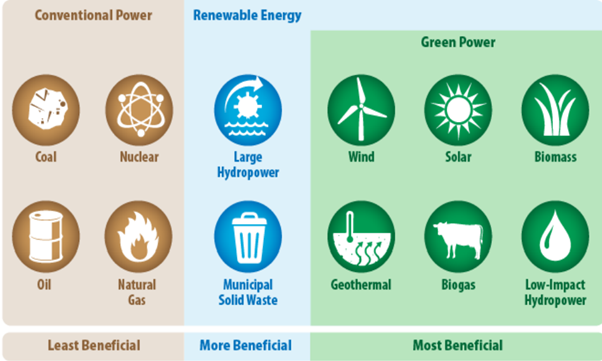Application of Green Engineering to Reduce Pollution
Application of Green Engineering to Reduce Pollution
By Nyoman Dyota Pramudita
Green Engineering deals with the design, ideas, commercialization of the products, use of the available processes and available resources in a way that reduce environmental threats, enhance the product sustainability, and to keep an eye on the pollution caused and threats to human health without compromising on the economics feasibility and overall efficiency of the product (Hussain, 2020). Green Engineering is often associated with “Green Technology”.
Green Engineering has become a prominent topic for the past few years due to environmental hazards. In Indonesia, pollution is the newest environmental issue that needs to be addressed. According to IQAIR, in 2022, the average PM2.5 concentration in Indonesia is 6.1 times WHO annual air quality guideline. Indonesia is also ranked as the 26th most polluted country in the world and the 1st most polluted country in South East Asia.

Mohammed (2021) suggests transitioning from conventional power to green power to overcome this issue. Green Power includes wind, solar, biomass, geothermal, biogas, and low-impact hydropower. The transition has several advantages, including no harmful emissions into the air, minimized operation costs, unlimited resources, and decreased the CO2 emission to reduce the global warming effect. Furthermore, Green Power is translated to become Green Technology such as solar cell, solar water heater installation, wind generation, rain collection systems, and green technology buildings that also bring advantages to companies.

Sources:

Comments :